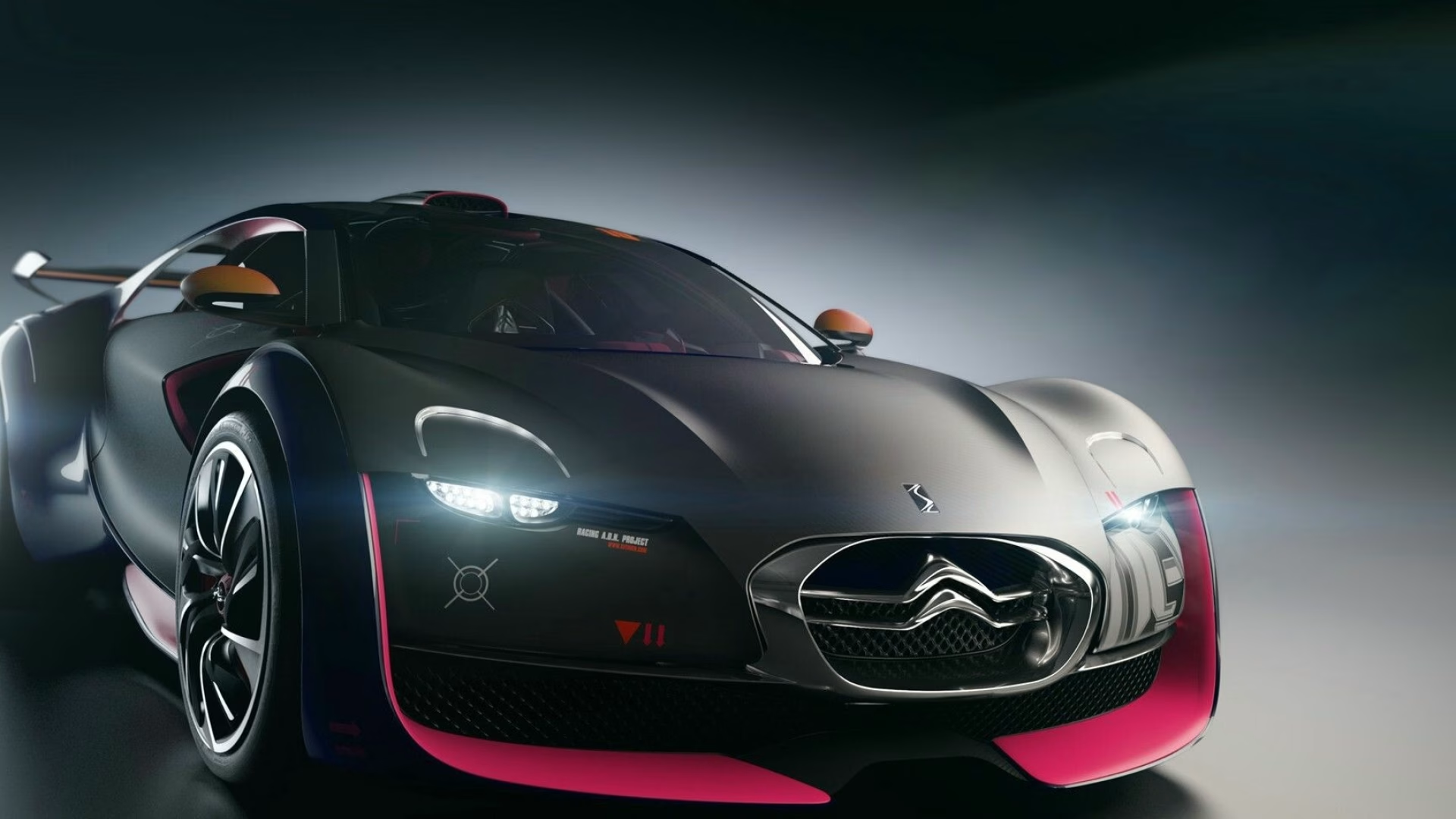Citroën: The Audacious Spirit of French Innovation
Citroën is not just a car manufacturer; it is a cultural icon, a symbol of avant-garde thinking, and a testament to the power of daring, human-centric design. For over a century, the brand of the "double chevron" has consistently challenged automotive conventions, prioritizing comfort and clever engineering over mainstream trends. From the car that changed the world, the Traction Avant, to the car that fell from the sky, the legendary DS, and the car that motorized a nation, the beloved 2CV, the story of Citroën is the story of a brand that has always dared to be brilliantly, wonderfully different.
The Genesis: A Visionary and a Gear
Founded in Paris, France, in 1919 by the brilliant industrialist André Citroën, the company was an immediate pioneer. The famous "double chevron" logo is a tribute to his early success in manufacturing double-helical gears. Citroën was a visionary who embraced Henry Ford's mass-production techniques, making his company one of the largest automakers in the world by the 1930s. But his true passion was for innovation, a drive that would lead to some of the most groundbreaking vehicles in automotive history.
Core Philosophy: "Créative Technologie" and Unparalleled Comfort
The core philosophy of Citroën has always been a blend of creative technology and a relentless focus on ride comfort. This was most famously realized through its legendary hydropneumatic suspension. This revolutionary system, which used a high-pressure hydraulic fluid and gas-filled spheres instead of traditional springs, delivered a magical, "magic carpet" ride quality that was simply unmatched by any other car in the world. In the modern era, this philosophy has evolved into the Citroën Advanced Comfort® program, which combines innovative new suspension technology (Progressive Hydraulic Cushions) with advanced, memory-foam-like seats to create a uniquely serene and comfortable driving experience.
The Icons That Defined a Nation and Shocked the World
Citroën's history is not just a list of cars; it is a gallery of revolutionary masterpieces that have left an indelible mark on the world.
The Holy Trinity of Innovation
- Traction Avant (1934-1957): The car that invented the modern automobile. The "Front-Wheel Drive" was a technical revolution, one of the first mass-produced cars to feature both a front-wheel-drive layout and a modern unibody construction. Its brilliant engineering provided superior handling and a spacious interior, setting the template for the car you drive today.
- 2CV (1948-1990): The "Tin Snail." An umbrella on wheels. The 2CV was a masterpiece of minimalist genius. It was designed with a simple brief: to be an affordable car that could carry four people and a basket of eggs across a plowed field without breaking them. With its simple, air-cooled engine, soft suspension, and roll-back roof, it became an icon of freedom and French ingenuity, a car that was classless and beloved by all.
- DS (1955-1975): The Goddess. A car that fell from the sky. When the DS was unveiled at the 1955 Paris Motor Show, it was so futuristic that it caused a sensation. Its otherworldly, aerodynamic design was just the start. It featured the revolutionary self-leveling hydropneumatic suspension, power steering, and a semi-automatic gearbox. It was a technological marvel, a rolling sculpture, and arguably one of the most important and beautiful cars of the 20th century.
Other-Worldly Grand Touring: The SM
The Citroën SM (1970-1975) was the Concorde for the road. This stunning grand tourer combined Citroën's most advanced technology, including its magic carpet suspension and unique variable-assist steering, with a powerful, high-revving V6 engine built by Maserati. It was a futuristic, high-speed masterpiece, a testament to a time of limitless automotive ambition.
Citroën's Modern Reinvention
Now a core brand within the Stellantis group, Citroën has successfully reinvented itself by doubling down on its historic strengths: daring design and a focus on class-leading comfort.
A Focus on Comfort and Character
Modern Citroëns have carved out a unique space in the market. The C4 Cactus was a pioneer, with its quirky and protective "Airbumps." The current lineup, including the stylish C4 and the flagship C5 X, has been praised for its bold, unconventional styling and its supreme ride comfort, which stands in stark contrast to the overly sporty focus of many rivals. The tiny, electric Ami is a radical and brilliant solution for modern urban mobility, proving that Citroën's spirit of innovation is alive and well.
Target Audience
The Citroën customer is an individualist. They are not looking for the sportiest or most aggressive car on the block. Instead, they are discerning buyers who value comfort, clever design, and a car with a unique and charming personality. They appreciate a vehicle that dares to be different and prioritizes a serene, stress-free driving experience above all else. Citroën is the brand for the confident non-conformist.
